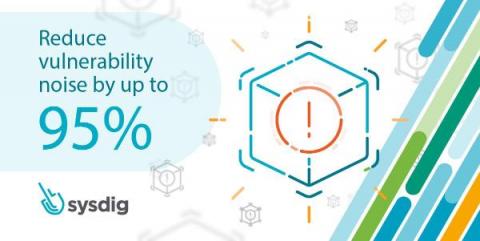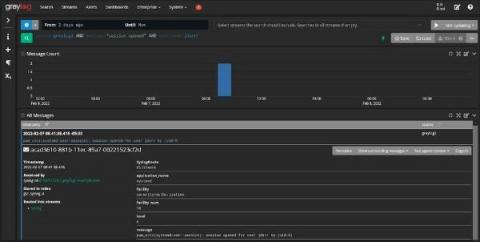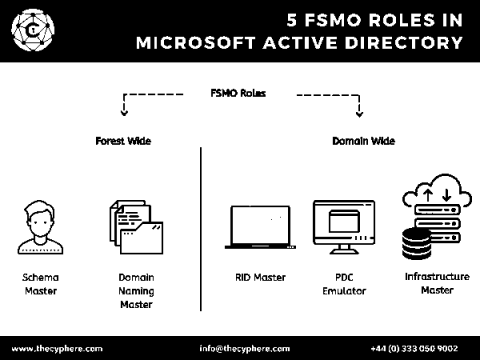Eliminate noise and prioritize the vulnerabilities that really matter with Risk Spotlight
Is your team drowning in container vulnerability noise? Are you spending a lot of time figuring out where to focus resources on and still missing dangerous vulnerabilities? Know that you are not alone. Container environments revolutionized app development by enabling unprecedented velocity, but not without a price. The use of readily available container images of third-party and open-source code enabled much faster cycles, but also facilitated the introduction of vulnerabilities in the application.











